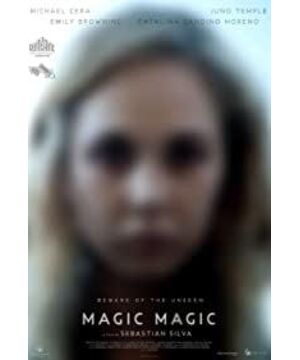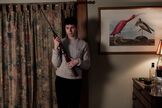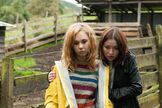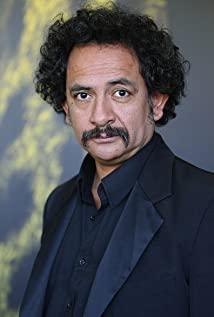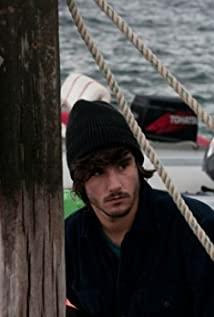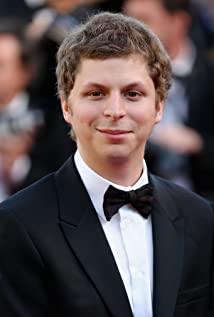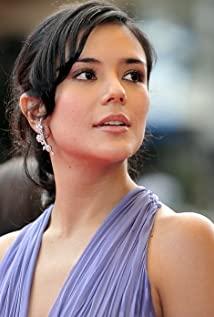In fact, the director seems to be hovering between two extremes, trying to maintain an ambiguous atmosphere, a bit similar to the "Double Martha" I watched last year. First of all, the backgrounds of all the characters have no traceable source, which leads to the unclear faces and suspicious motives of all the characters. The subjective point of view of the heroine in the first half leads the audience into an extremely unfamiliar environment (Where is southern Chile? Who has been there?) The atmosphere of the scene and the emotions of the characters in this passage are well controlled, a kind of uneasy and secretive The atmosphere gradually penetrated. But unfortunately, this feeling was completely dissipated very quickly. When we clearly learned that the heroine herself was a "problematic" character, all the "demons" and "bad guys" around her were just speculations, indirect. The land completely overthrew the wonderful atmosphere of painstaking work in the first half.
Two key points were not handled satisfactorily. That yellow raincoat was originally a detail worthy of full play, but it was handled too perfunctorily; the hypnosis period was also the same. After all, it was the only clue that could find the root cause of the heroine’s final illness and collapse, but in my opinion But it seems feminine and pretentious and unbearable. Perhaps this is the effect the director wants to achieve, but this ambiguity caused the suspense and horror of the film to quickly diminish.
The only thing worth admiring is the director's photography skills and sound processing. The description of the natural scenery and still life at the beginning of the film, as well as the opening of the strange character (the camera actually shoots the lower body of the character), creates an ominous atmosphere first and foremost. The sound effects of all illusion scenes have a dark and mysterious feeling.
View more about Magic Magic reviews


